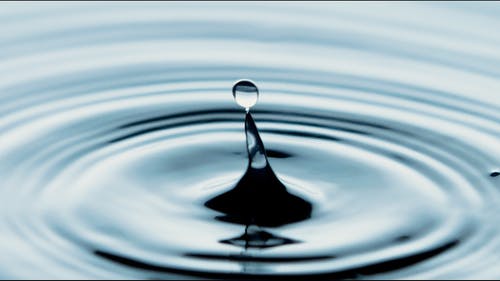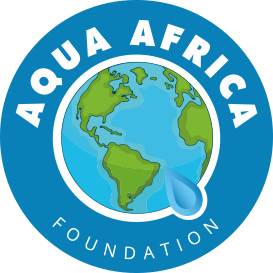
For years, we have been warned that after Eskom, the next crisis in South Africa will be water, which may be much more serious than the rolling blackout that we have endured for about 14 years.
For many residents of small towns, rural areas, and cities, the emerging reality is that their own “zero day” is coming—or has already arrived.




